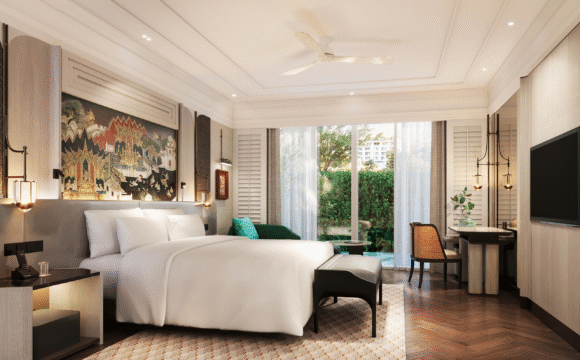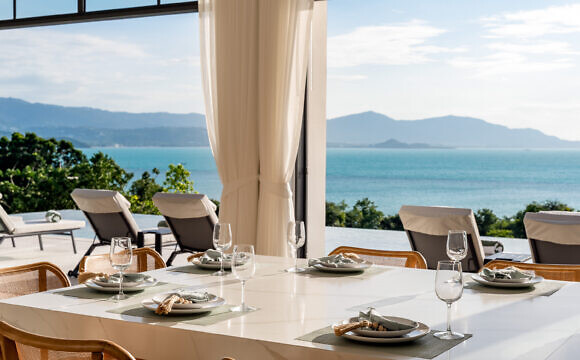บ้านชั่วคราว
ดอกซากุระมีชื่อเสียงและเป็นตัวแทนของธรรมชาติ เป็นความงามที่ควรค่าแก่การชื่นชม เปรียบเสมือนแนวคิดที่พักอาศัยแบบตะวันตกในประเทศญี่ปุ่น เนื่องจากที่พักอาศัยเป็นการลงทุนระยะยาวที่มั่นคง และเพิ่มมูลค่าขึ้นเมื่อเวลาผ่านไป ซึ่งเป็นแนวคิดที่ขัดต่อความเห็นของญี่ปุ่นโดยสิ้นเชิง คนญี่ปุ่นมองว่าบ้านเป็นโครงสร้างชั่วคราวที่หมดอายุไปพร้อมๆกับเจ้าของบ้าน อาคารในญี่ปุ่นจึงเป็นสินค้าอุปโภคบริโภคที่มีอายุสั้น ซึ่งไม่แตกต่างจากรถยนต์หรือ iPhone มากนัก ที่มีการคิดค่าเสื่อมราคาแบบคงที่ โดยรัฐบาลกำหนดไว้เพียง 22 ปีเท่านั้น
Masahiro Harada เป็นผู้ร่วมก่อตั้ง Mount Fuji Architects Studio และเป็นหนึ่งในสถาปนิกหนุ่มที่มีผลงานอันน่าตื่นเต้นที่สุดของญี่ปุ่นตาม Kuma เห็นด้วยกับญี่ปุ่นเรื่องแนวคิดที่อยู่อาศัยเป็น “ที่พักอาศัยชั่วคราว" และได้อุทิศตนให้กับ “การทดลอง” ทำให้นักออกแบบของประเทศญี่ปุ่นมีความได้เปรียบ และผลที่ได้คือการขยายตัวของที่อยู่อาศัยโดยมีความแตกต่าง แปลกประหลาดและน่าอัศจรรย์ เช่น บ้านคาบสมุทรฮาราดะบนชายฝั่งตะวันออกของญี่ปุ่น คอนกรีตที่กว้างใหญ่ไพศาลซึ่งแตกออกด้วยช่องบันไดขนาดใหญ่ที่มีรูปทรงซิกกุรัตอยู่ด้านเดียวเท่านั้น


The Ephemeral House
The cherry blossom famously represents the fleeting nature of human life, a beauty meant to be admired, enjoyed and let go. But in Japan, the brief, bittersweet cycle of death and rebirth also applies, surprisingly to houses. The Western concept of a residence as a stable and secure long-term investment, that will gradually increase in value over time directly opposes the Japanese view, which sees a house as a temporary structure that expires with its owner. A Japanese building is a short-lived consumer product, not so different from a car or an iPhone, that undergoes a period of fixed-term depreciation, set by the government at 22 years.
Masahiro Harada, the cofounder of Mount Fuji Architects Studio and one of Japan’s most exciting young architects, according to Kuma, agrees that the Japanese concept of housing as an “ephemeral substance" and the dedication to “experimentalism" give the country’s designers an edge. The result is a proliferation of weird and wonderful abodes, such as Harada’s Peninsula House on the eastern Japanese coast, an expanse of featureless concrete broken only by a vast, ziggurat-shaped slit of staircase on one side.







